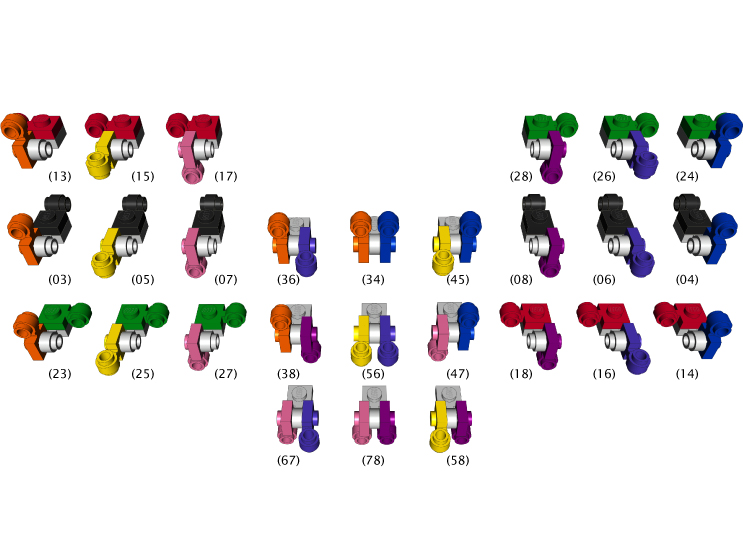X X X X X X X X X X X X X X X X X X X X X X X X X X X X X X X X X X X X X X X X X X X X X X X X X X X X X X X X X X X X X X X X X X X X X X X X X X X X X X X X X X X X X X X X X X X X X X X X asparagus X X X X X X X X X X X X X X X X X X X X X X X X X X X X X X X X X X X X X X X X X X X X X X X X X X X X X X X X X X X X X X X X X X X X X X X X X X X X X X X X X X X X X X X X X X X X X X X X X X X X X X X X X X X X X X X X X X X X X X X X X X X X X X X X X X X X X X X X X X X X X X X X X X X X X X X X X X X X X X X X X X X X X X X X X X X X X X X X X X X X X X X X X X X X X X X X X X X X X X X X X X X X
Monthly Archives: December 2010
Lego clip light polymers – Bi-valent elements
In point of fact, the possibility of “polyvalent” monomers is not going to be a practical consideration, yet, in terms of developing code. My first programming goal is to produce a recursive function that, given a base-9 number coding a clip-light polymer per my established notation for monovalent elements, will produce the corresponding LDraw file. Once that’s working, I will begin to embellish it with the capacity to handle bi- and tri-valent elements. But I wanted to go ahead enumerate the various polyvalent monomers and establish notation for them while I was thinking about it. Note that a parent monomer can bear no more than three children; we might say that a clip light with three children is “fully saturated.” Shown here are the “partially saturated” bi-valent monomers. There are twenty-seven of these. Note, also, the convention of ordering the digits indicating child monomers numerically: “32” is improper notation, while “23” is correct. I will follow the same convention in denoting the trivalent monomers, which will be enumerated in a subsequent post.

